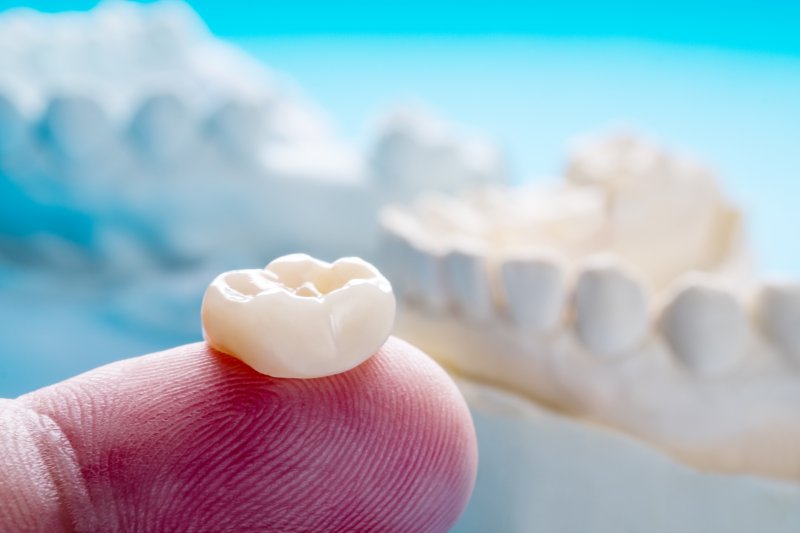
Anytime a decayed tooth requires restorative treatment, a dentist in Henderson will likely recommend a dental filling or crown. If both are meant to protect the natural tooth structure, what makes them different? Why does one cost more than the other? Is one solution better? Read on to hear from a dental expert who explains the differences between these two types of restorations and how to know which one is right for your needs.
What is a Dental Filling?
A dental filling is a form of restorative dentistry that is designed to repair minor damage to a particular tooth. When a cavity forms in the enamel, your dentist can easily clear out the decayed areas before filling it with traditional amalgam or composite resin. Many professionals are turning away from silver and gold because they are incapable of “blending in with natural, healthy teeth” and are often viewed as more harmful to the body and environment. As a result, composite fillings that can be color-matched to your tooth enamel are used to fill these small areas of decay.
When used, they create a tight seal to prevent reinfection. They also help to support your natural tooth structure and prevent serious breakage over time.
What is a Dental Crown?
A dental crown, also known as a “cap,” is commonly used to protect a tooth that is experiencing severe decay. If it reaches the dentin layer, a crown can be effective in safeguarding the natural structure while working to strengthen the tooth. If decay penetrates the pulp, a root canal will be necessary before receiving a customized crown.
Although many dental crowns can take weeks to create, forcing you to wear a temporary until a finalized version is created, many dental offices are now offering same-day crowns. Using CEREC technology that captures a 3D image of your tooth, a crown can be created using an in-house milling unit in just one appointment.
How to Know Which One You Need
If you’re still struggling to know which type of restoration you need, some of the most common differences between dental crowns and fillings include:
- Timeline: A dental filling typically only takes one appointment to complete. Traditional crowns can take as many as 2-3 appointments. If your dentist uses CEREC technology, however, you can receive your crown the same day.
- Purpose: Dental fillings treat minor cases of decay while dental crowns are needed to cover the entire tooth that is plagued by severe decay or damage. In some instances, a filling and crown may be necessary.
- Cost: Dental fillings tend to be much cheaper than crowns because there is no customized creation with fillings. Yes, they are color-matched, but they do not require lab technicians or machinery to customize, which tends to add to the cost when considering a dental crown.
If you believe you could benefit from a dental crown or filling, don’t hesitate to contact your dentist for additional information. After a consultation and examination, they will be able to tell you which restorative treatment is right for your smile.
About the Author
Dr. Brett Noorda entered private practice in 1996 after completing his DMD from Oregon Health Sciences University School of Dentistry. Offering complete restorative care, he enjoys helping his patients achieve healthier smiles with dental fillings and crowns. Using composite resin to fill cavities and blend in beautifully with natural teeth, he also uses CEREC technology to create same-day crowns. In just one appointment, patients can receive a customized crown that is crafted to fit comfortably over a weakened tooth. If you are suffering from minor or severe decay, visit our website or call (702) 456-7403 to find out how we can help.
